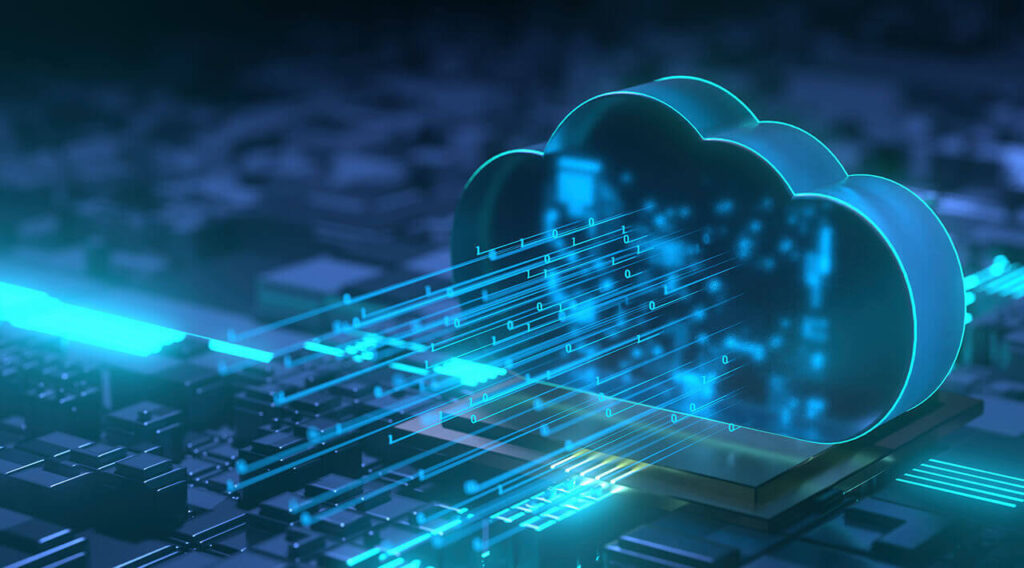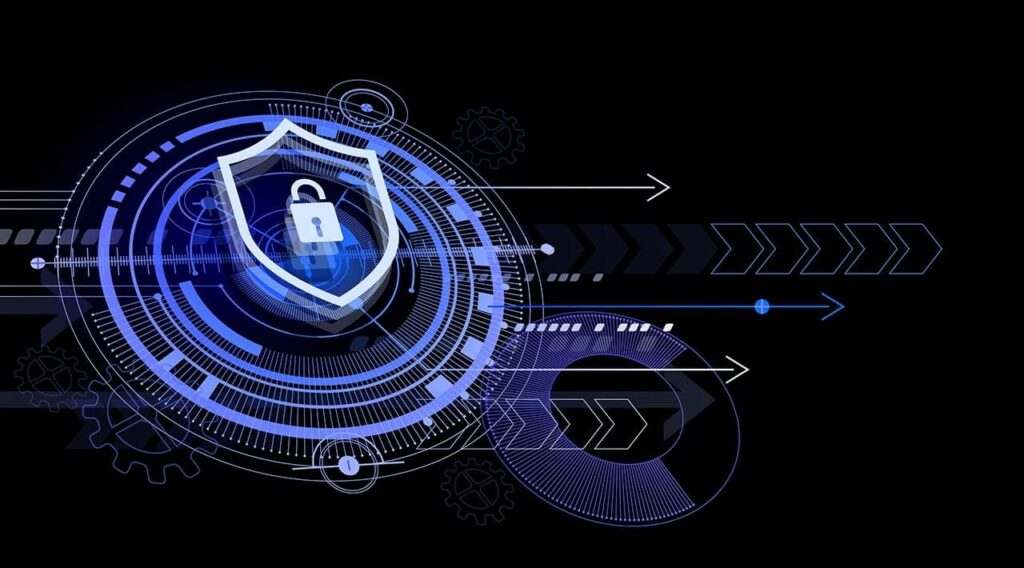With the increased use of artificial intelligence and other technologies that demand a high volume of data processing, Edge Computing is the only architecture capable of improving response times and saving bandwidth.
This is because next-generation applications require speed, low latency, and security. These are items that represent a big challenge for IT teams around the world. After all, these features directly influence management, user experience, and costs.
There’s no use in having the best team, money to invest, customers, etc., if a structure doesn’t support what’s necessary to unlock and take advantage of the complete growth potential. The barrier is that traditional architectures present latency, coverage, and cost issues. And more than 1,700 IT decision-makers and C-level executives around the world say so, according to the trends report “The indispensable in edge computing”, from April 2021.
For 83% of participants, network latency is the main determinant of application performance. On the other hand, most are concerned that high latency is affecting the quality of these applications. Another key finding from the survey is that 86% of IT decision-makers agree that low latency applications help differentiate their organizations from the competition.
The great benefits of Edge Computing
The arrival of 5G is expected to accelerate businesses’ digital transformation, increasingly demanding more computing power and speed. Edge Computing’s architecture proposal prevents data from traveling long distances to be processed and returned to where they are needed. This minimizes infrastructure latency. Plus, reducing the difference from 10 milliseconds to 5 milliseconds makes a tremendous difference, even though it seems unlikely at first glance.
To give you an idea of the difference this makes in terms of business, a global e-commerce giant noticed that a 100 milliseconds delay was enough to reduce its sales by 1%.
This also seems to be the solution of choice for executives who took part in the survey. Three out of four expect edge computing to have a positive impact in expanding access to technology and stimulating innovation. Most believe it will enable job creation and boost entrepreneurship. In other words, it will very likely generate positive impacts on business and society.
Edge computing provides more security
Besides latency, network services’ performance and reliability are major concerns challenging IT managers on a daily basis. However, data security is what demands more work and care.
After all, besides financial losses, a leak can seriously affect the customer’s trust, as has happened almost ten years ago with a graphic software company, when hackers gained access to 153 million user records.
As we have observed in the increasing cases of cyberattacks around the world, traditional perimeter-based security approaches are no longer sufficient to protect companies, employees, and customers.
Again, that’s where Edge Computing comes in. It can provide security, speed, and capacity – all key elements in enabling greater privacy and data protection.
To deliver amazing, differentiated experiences for your business and customers, next-generation apps need distributed, secure edge computing that operates in close proximity to where things and people are, where they produce and consume information.
Edge Architecture will increasingly gain ground
What motivated me to talk more about Edge Computing is that, for many, it is a term that is still poorly understood. I can notice this on my daily contacts with customers and potential customers. So, there is still a lot of room for building together and understanding every value and potential this architecture has to offer.
Last, but not least, IT managers have already found that Edge solutions provide the best balance between cost and performance, for both local solutions and the main public clouds. This is why our company believes that Edge Computing will exhibit a significant growth in the coming years.

Tatiana Fonseca
Vice-President of Operations at Cirion
For 23 years, she has worked as a technology executive and consultant for large telecom companies, always achieving significant results in environments of large investments and challenging timelines. She has led digital transformation projects, organizational restructuring in mergers, development and deployment of new business models, systems and critical processes involving Operations, Engineering, IT, Customer Relations, Marketing, and Sales, always meeting the complex challenges presented.










